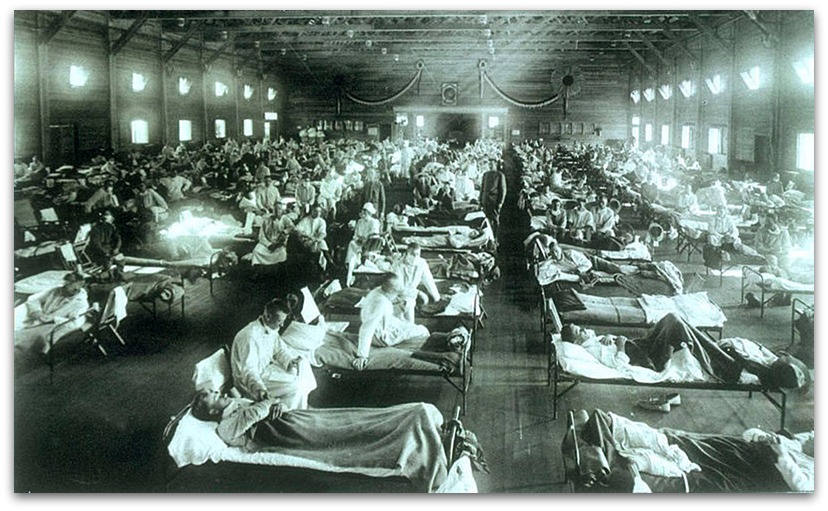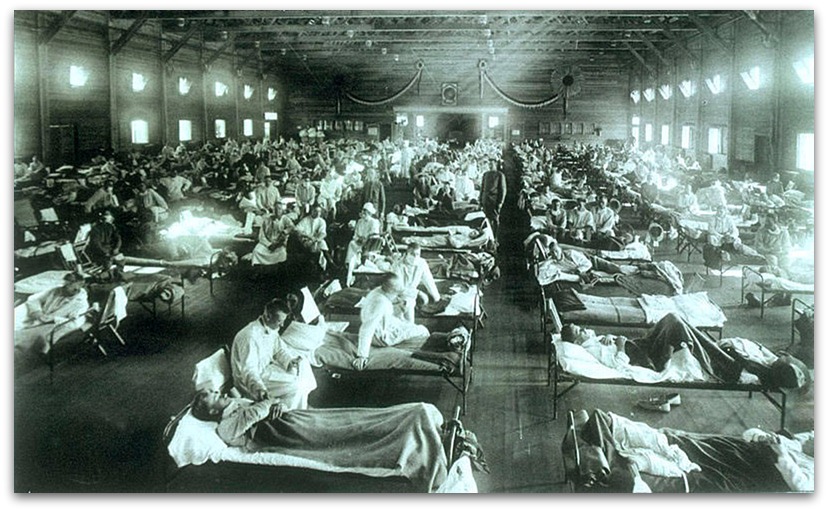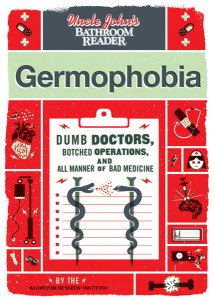Sure, we’ve all heard of bubonic plague, but while “the Black Death” may be the flashiest, there have been plenty of other horrible pandemics.
The Spanish Flu
Some estimate the global flu pandemic of 1918 killed more people than bubonic plague, rampaging all corners of the globe and devastating the lives of several characters on Downton Abbey. And it did it all in less than two years. Because the disease sparked an overreaction of the immune system, it was actually most lethal in healthy young people. It’s estimated the Spanish flu killed anywhere from 50 to 100 million people, around 5 percent of the world’s population.
The Early AIDS Epidemic
While AIDS may not have claimed a death toll as high as other epidemics, its mortality rate in the early years was nearly 100 percent. Prior to 1981, fewer than 100 cases were reported in the U.S. Ten years later, the number was nearly 60,000. The spread of the disease coupled with its high mortality rate made AIDS the leading cause of death among Americans ages 25 to 44 by 1994. Since then, improved treatment and prevention methods have decreased both the mortality rate and the pace of new infections.
Smallpox, or the “American Plague”
When Europeans first arrived on the shores of the Americas, they brought with them a grab bag of diseases to which the native people had never been exposed, most notably smallpox. The disease spread across the continent faster than European migration, so written census records often began after a population had been decimated. It’s estimated the death toll was in the millions, in some areas wiping out up to 90 percent of the population. But it was also a two-way street: Native Americans introduced a virulent strain of syphilis that soon spread across western Europe.
Typhus
Typhus is caused by a bacteria, carried by lice and fleas who live on mice and rats, which then can infect humans. Symptoms include high fever, severe body pain, vomiting, and delirium. (That’s why it’s called typhus—typhos is a Greek word that means “hazy.”) Typhus was likely the disease behind the Plague of Athens, which ravaged the city during the Peloponnesian War in 430 B.C. But the most devastating outbreak occurred during and after World War I. More than 25 million people in Russia were infected, and four million in Poland. Delousing stations for troops helped, but as many as 40 percent of infected soldiers still died, as did the nurses attending to them. Vaccines were developed after World War II (during which time the disease spread through battlefields and concentration camps), but outbreaks still occur today, primarily in homeless encampments and refugee centers.
Read more harrowing tales of science and medicine in Uncle John’s Germophobia.










